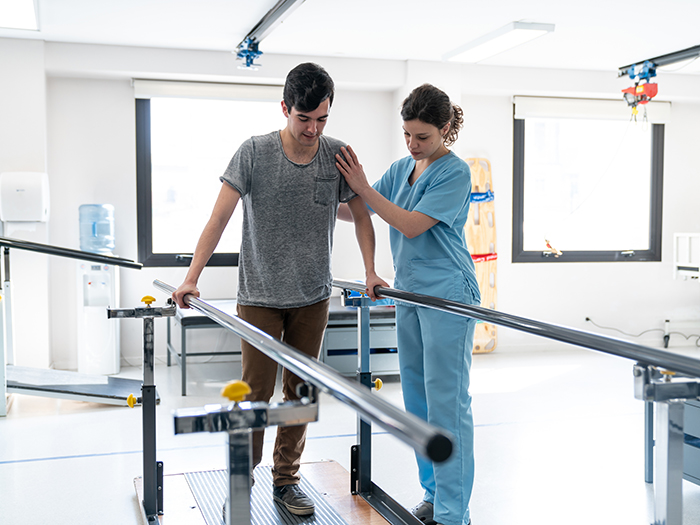Comprehending different Methods toward Physiological Treatment for Better Rehabilitation as well as Recovery
Comprehending different Methods toward Physiological Treatment for Better Rehabilitation as well as Recovery
Blog Article
Physiological rehabilitation represents one significant aspect of healing and rehabilitation for many patients. It helps people recover power, boost flexibility, and alleviate pain subsequent to injuries or surgeries or surgeries. Numerous methods to physical treatment, all designed to address the particular needs of clients. Grasping these various methods can aid patients make educated choices about their rehabilitation process.
A common technique to physiological therapy is physical therapy. Such method involves direct treatment by a bodily practitioner to handle muscle tissue and joints. Physical treatment can help relieve discomfort, improve vascular health, and increase mobility. Practitioners may use methods such as massage, connection mobilization, and elongation to help individuals heal. Such method is often advantageous for those with musculoskeletal conditions, such as back soreness or joint inflammation, as it concentrates on the bodily aspects of rehabilitation.
A different significant method is restorative physical activity. Such approach includes specific movements designed to enhance strength, stability, and control. Physiological therapists develop customized physical activity plans based on the individual's condition and objectives. These exercises can range from simple exercises to increasingly complex exercises. Rehabilitative movement is crucial for regaining strength after an trauma and preventing additional problems. This also aids individuals recover confidence in their physiological abilities, which is vital for overall rehabilitation.
Water-based rehabilitation is an additional helpful technique that employs water to aid in recovery. Such approach utilizes the floatation of liquid, which lessens the stress on articulations and enables more comfortable activity. Individuals can execute activities in a pool, making it a fantastic choice for those with restricted movement or discomfort. Water-based therapy can help enhance strength, mobility, and resilience while delivering a helpful space for healing. This is especially helpful for patients healing from operations or those with chronic physical therapy for mobility issues soreness conditions.
Lastly, education and self-management are crucial parts of bodily rehabilitation. Physiological practitioners not only provide therapy but furthermore instruct clients about their situations and how to manage them. Such comprises comprehending anatomical mechanics, posture, and the importance of being involved. Through enabling patients with knowledge, specialists aid them adopt an active role in their rehabilitation. This approach encourages individuals to continue their healing beyond therapy meetings, leading to better sustained effects.
To summarize, physiological rehabilitation offers various methods to enhance recovery and restoration. Hands-on therapy, therapeutic movement, water-based rehabilitation, and education all have important roles in aiding individuals regain their vigor and movement. Each technique is customized to meet the individual requirements of patients, providing a complete method to healing. With grasping these different techniques, individuals can more successfully manage their recovery process and strive towards achieving their healing objectives.